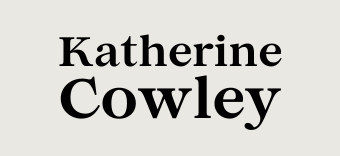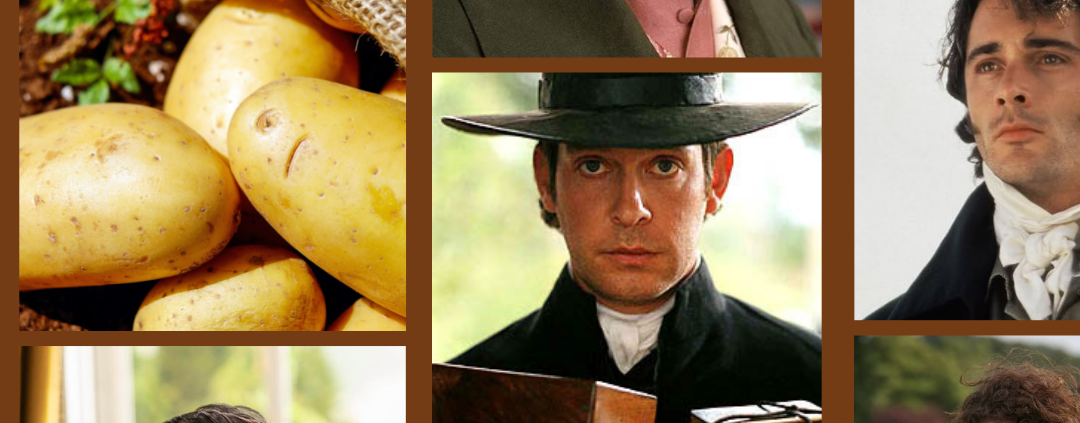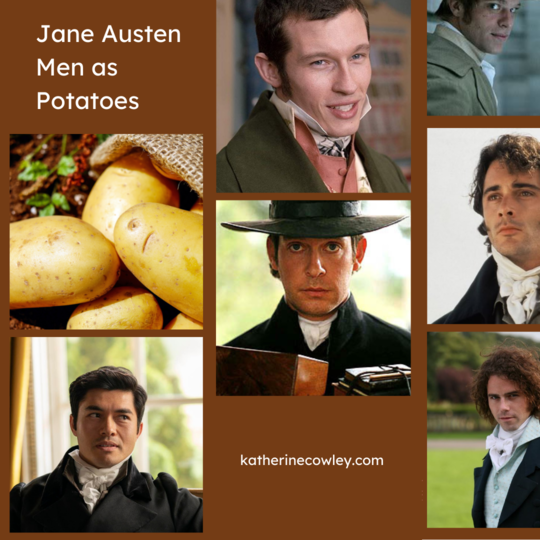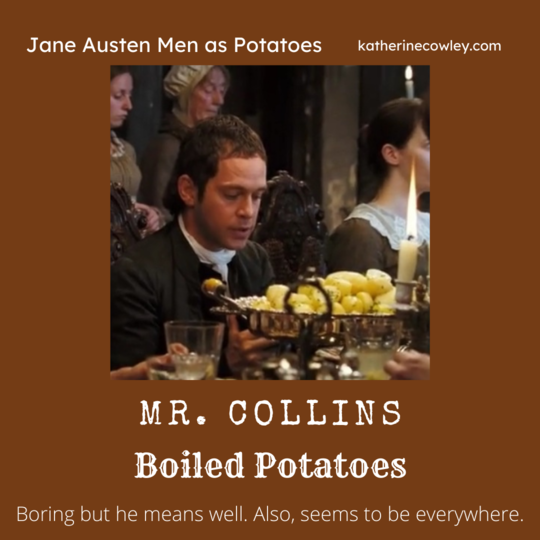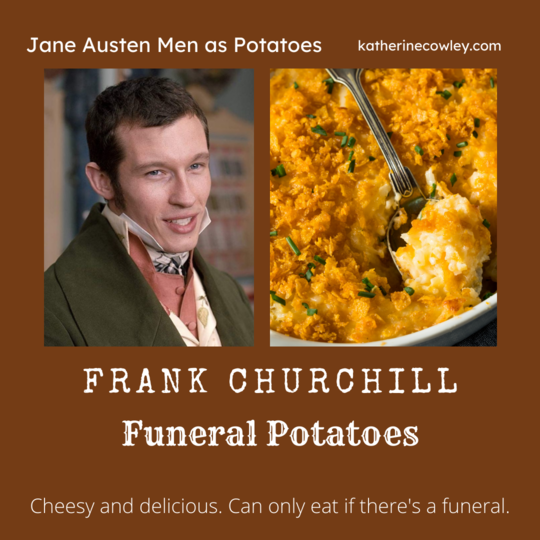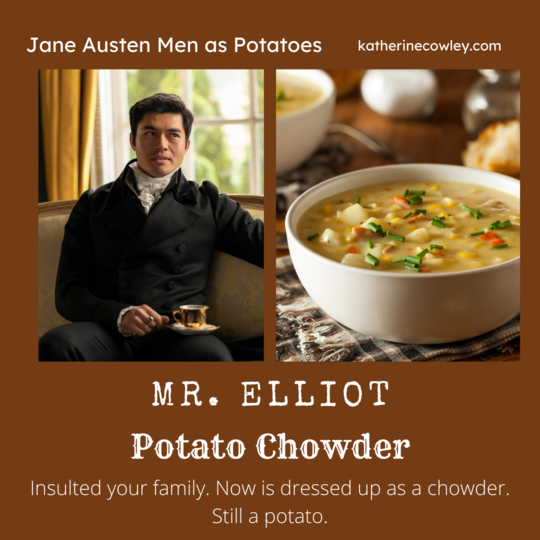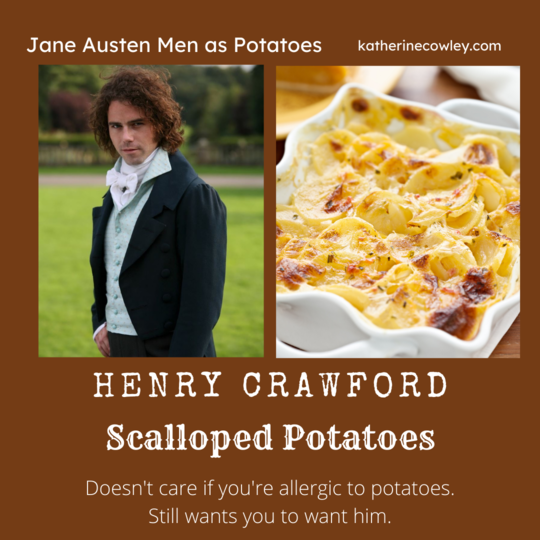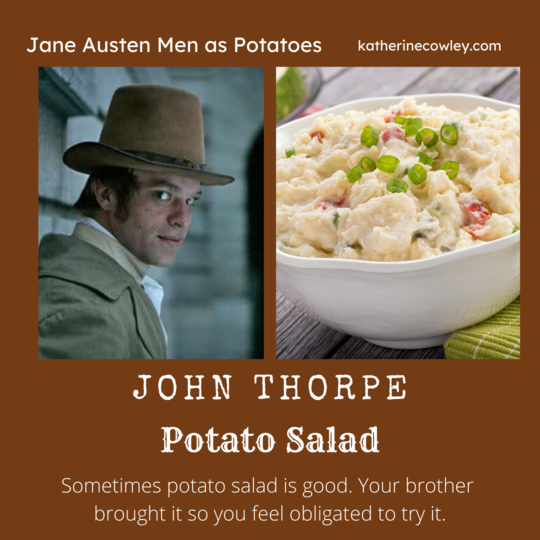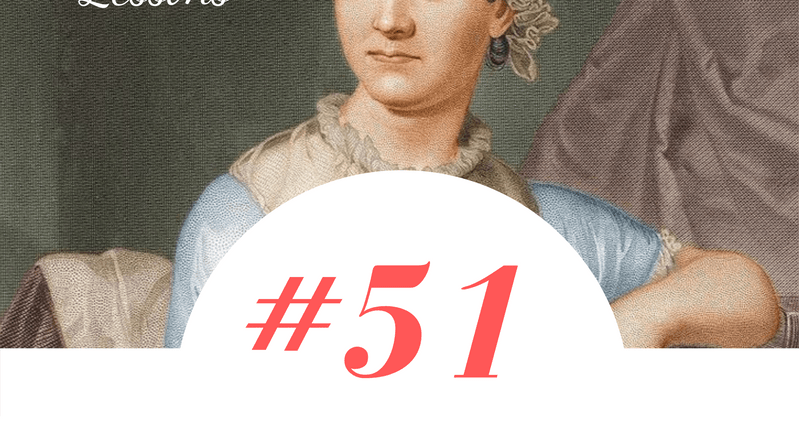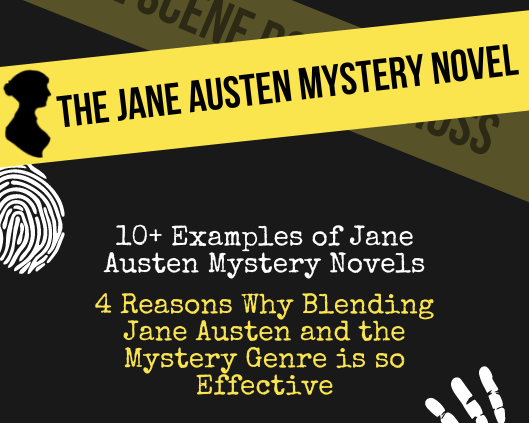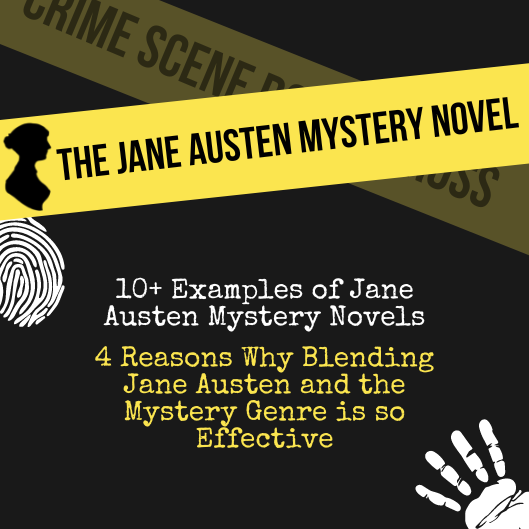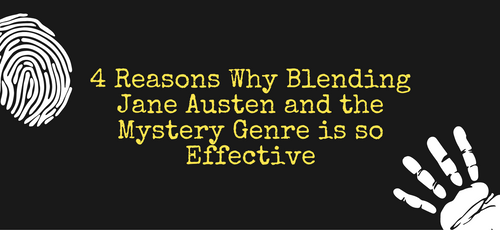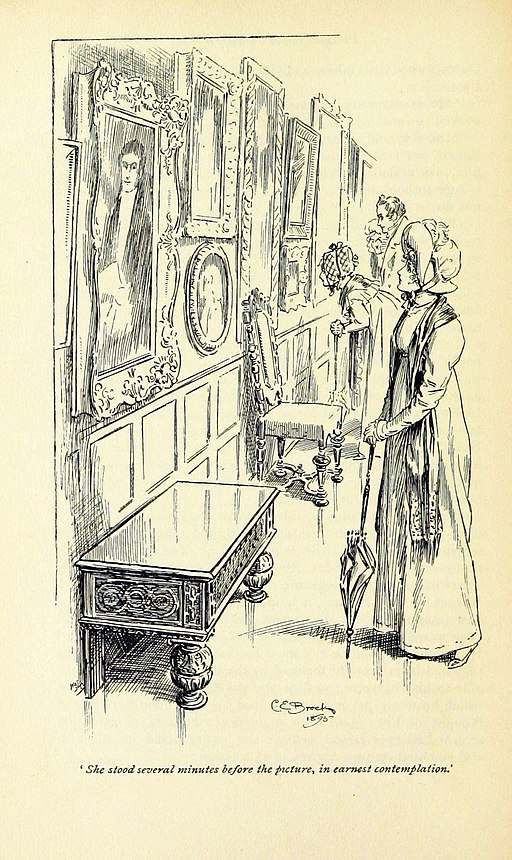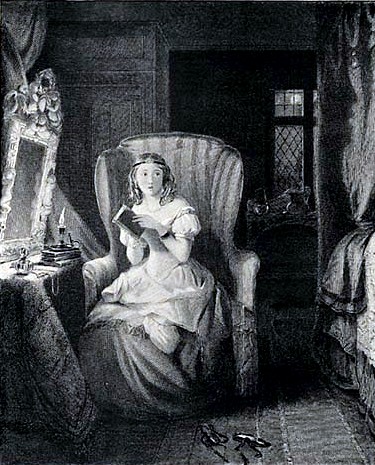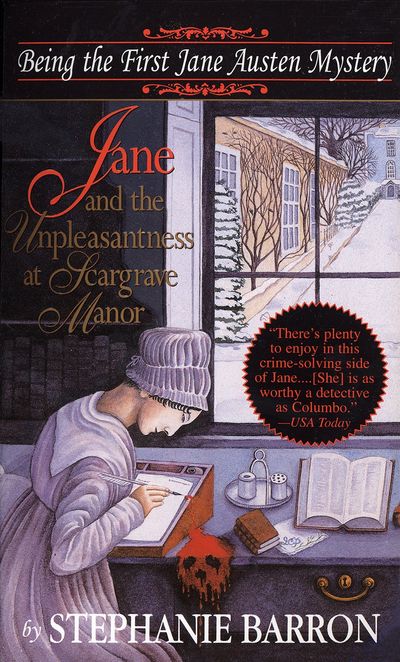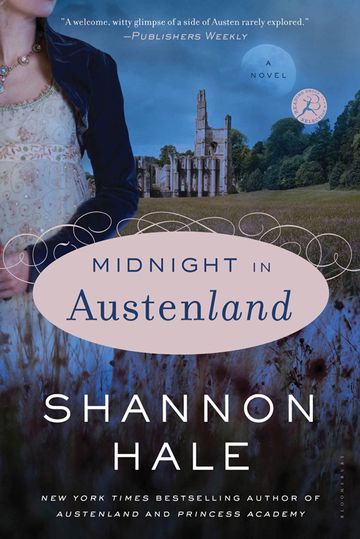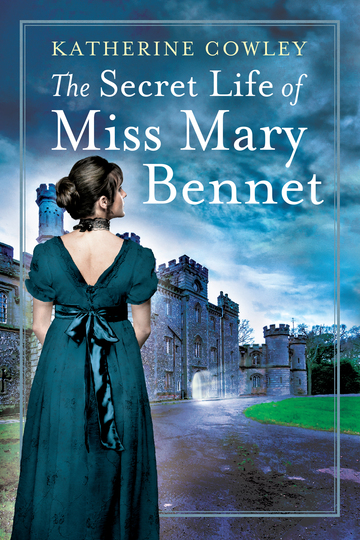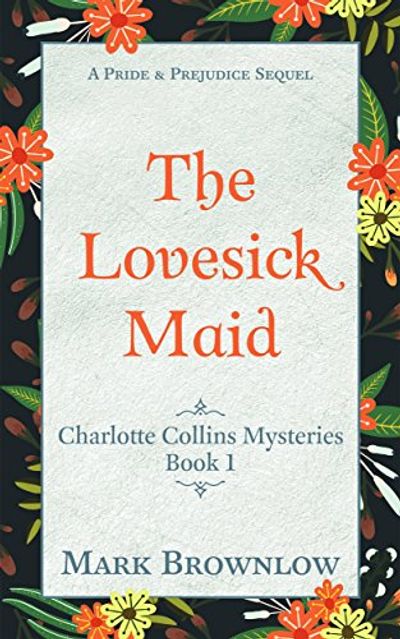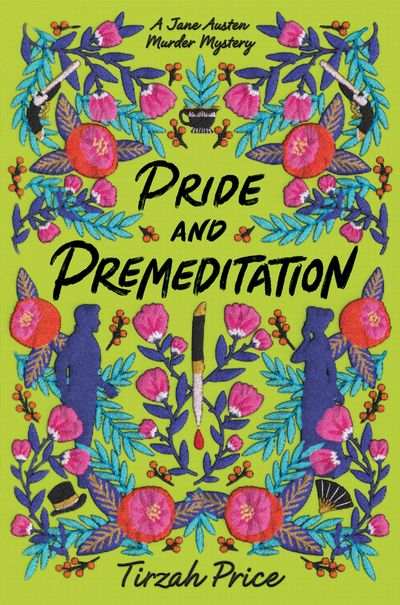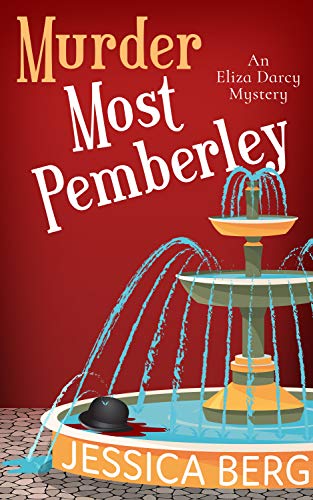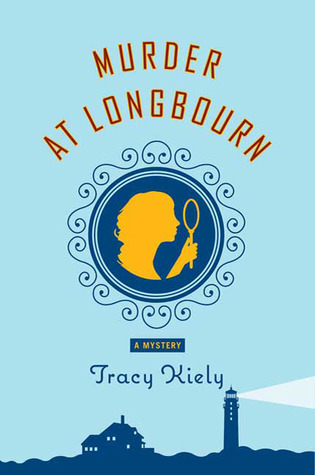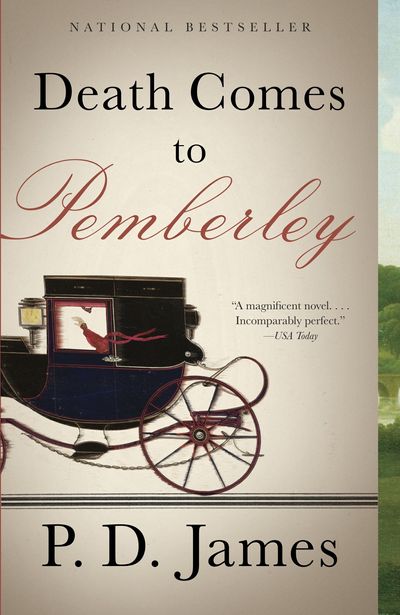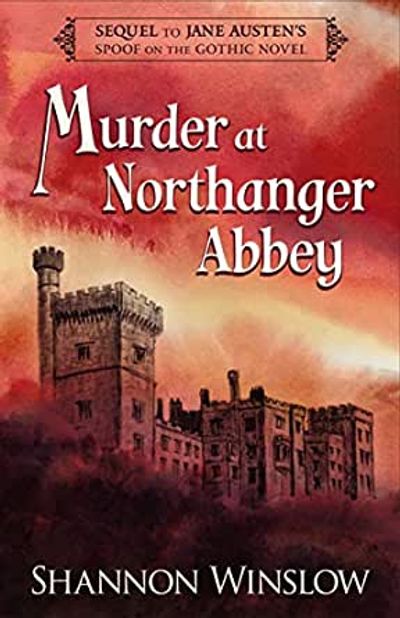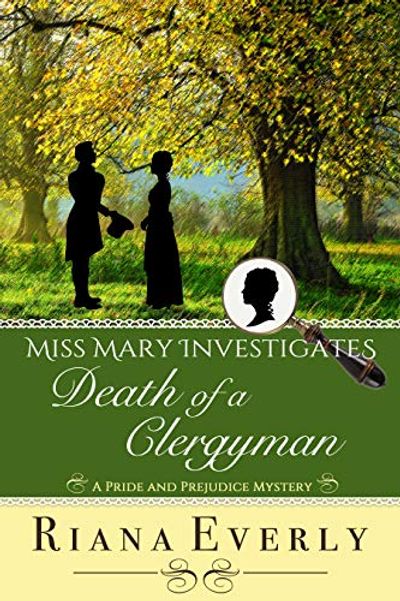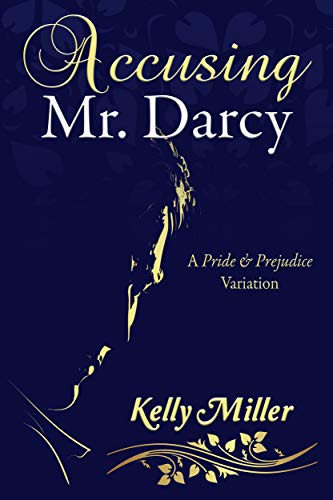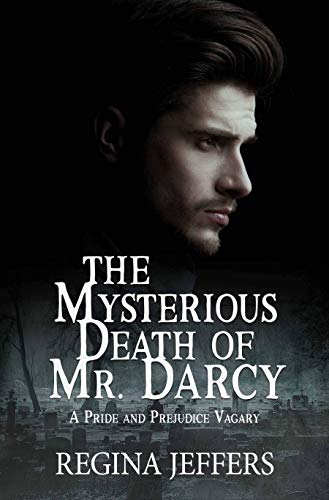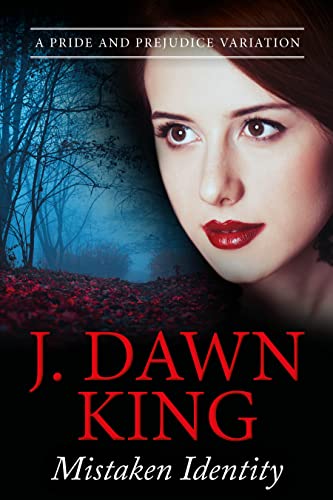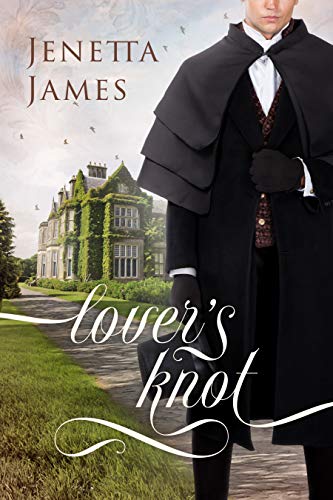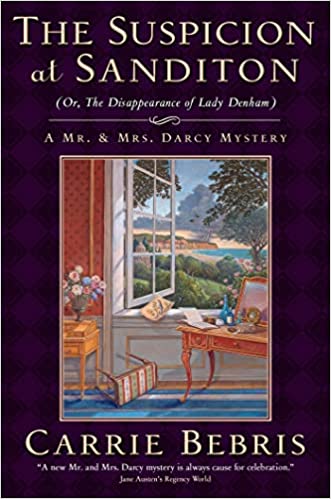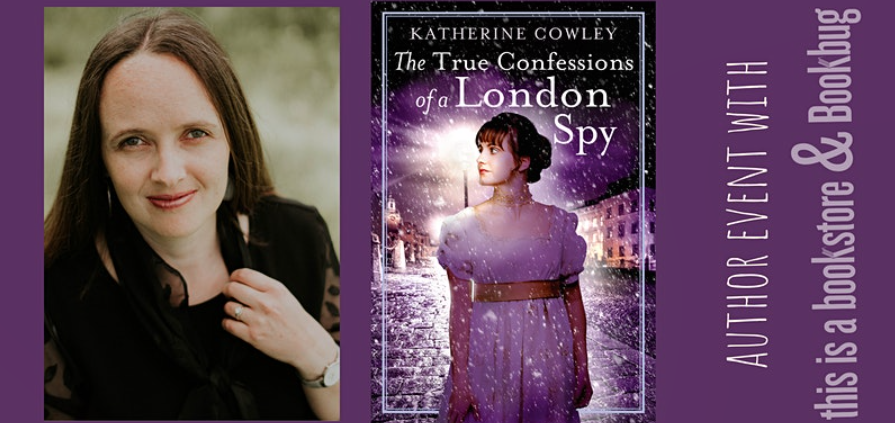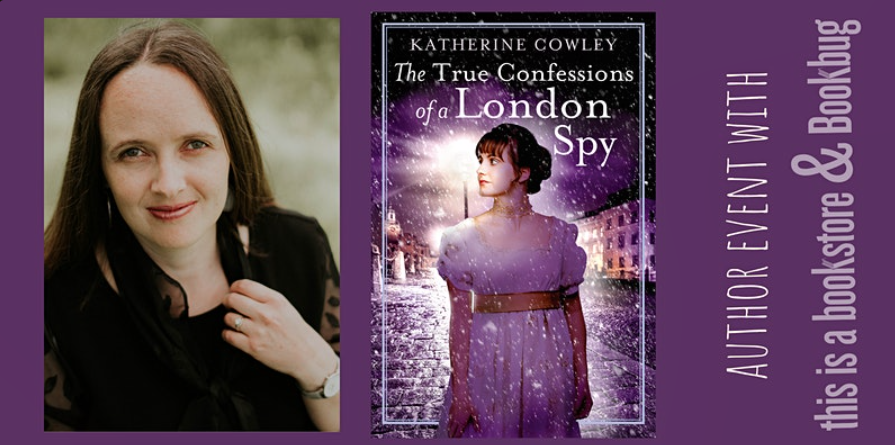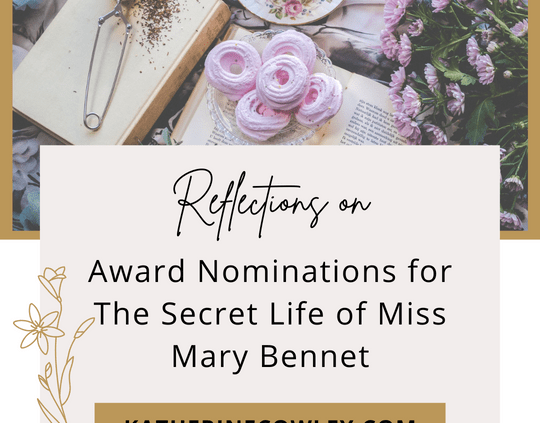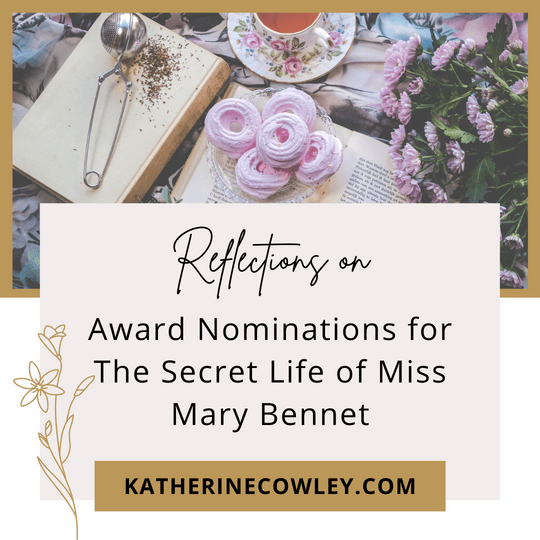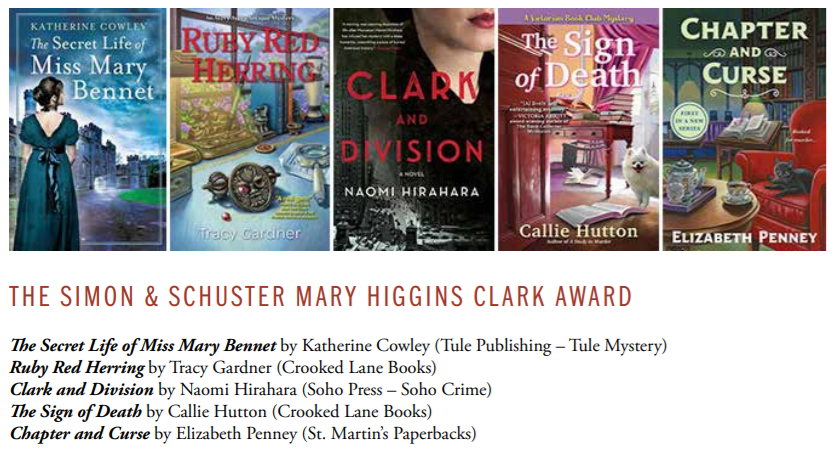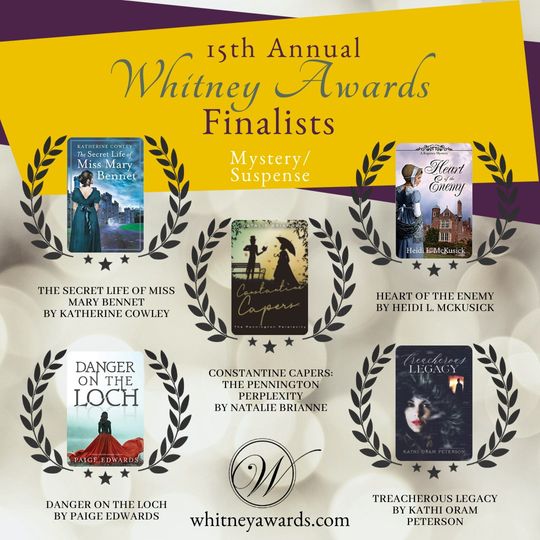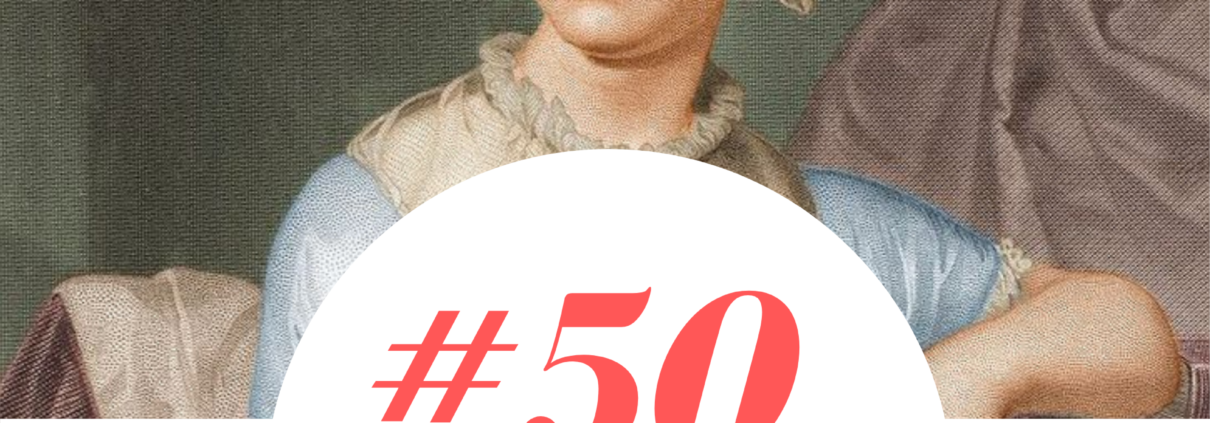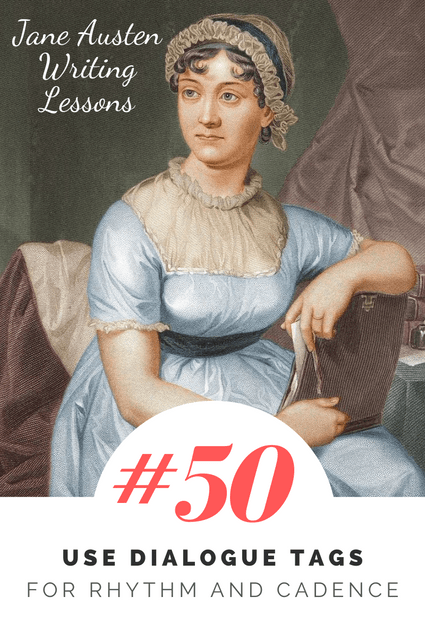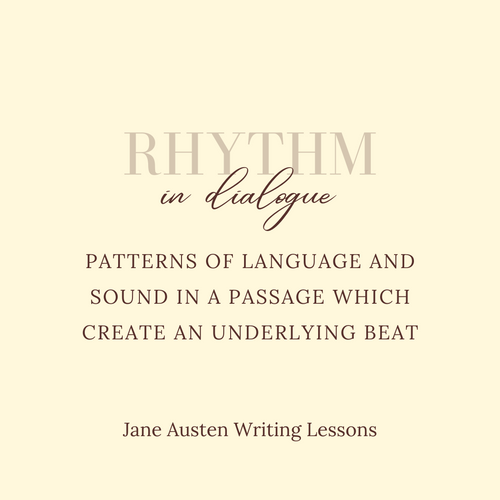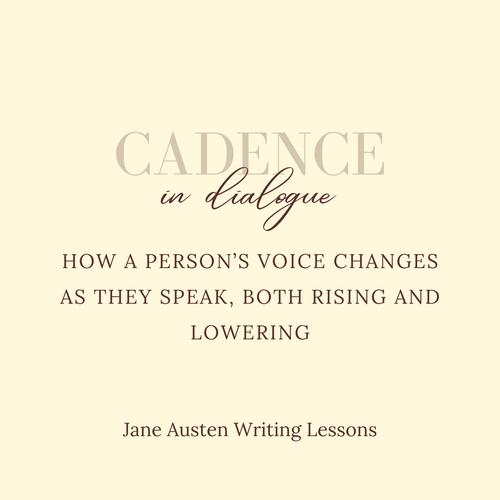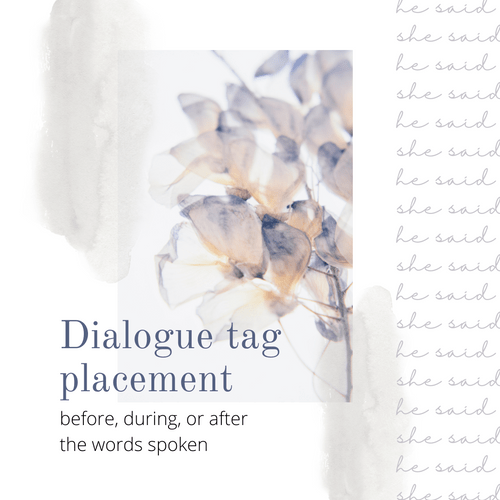Jane Austen Men as Potatoes
In December, I participated in the #16DaysofJane challenge by @bookhoarding on Twitter. The theme for Day 6 was potatoes, and after a lively text conversation with my friend Brooke Lamoreaux, who told me that all Austen men are actually potatoes, I posted the following on social media. For the sake of posterity, I’ve decided it better me on my blog as well.
As demonstrated, all Jane Austen men are potatoes. What type of potato do you think Mr. Darcy is? What about Mr. Bingley? I’d love to hear in the comments.
The Jane Austen Mystery Novel
I’ve written three Jane Austen mystery novels, so it’s a genre that is dear to my heart. New Jane Austen mystery novels are being published each year, so I’d like to investigate what has led to the Austenesque mystery surge, and showcase some prime examples of the genre.
First, let’s start with a definition. Then we’ll look at why blending Jane Austen and the mystery genre is so effective, and then I’ll give 10+ examples of books that fall into this genre.
What is a Jane Austen mystery novel?
A Jane Austen mystery novel is a mystery story that uses Austen’s novels as its base, either by injecting a mystery into one of the original tales, using her characters to solve mysteries beyond the original stories, transforming Jane Austen herself into a sleuth, or telling a modern-day mystery with a strong Jane Austen connection.
Why Blending Jane Austen and the Mystery Genre is so Effective
First, all of Jane Austen’s novels are about social tensions and societal fissures—money and financial distress, love and jealousy, secrets and miscommunication, power and the powerless—and it is at these fissures, these moments of tension, when crime often occurs.
Second, Austen’s novels are deep studies into character: in each, the protagonist must try to understand others in a detective-like manner. It’s a quest to unravel motivations, character history, and unstated desires, especially when these desires contradict with the face that a person displays to the public.
In Pride and Prejudice, there’s a delightful exchange as Elizabeth Bennet and Mr. Darcy are dancing with each other:
“May I ask to what these questions tend?” [said Mr. Darcy.]
“Merely to the illustration of your character,” said she, endeavouring to shake off her gravity. “I am trying to make it out.”
“And what is your success?”
She shook her head. “I do not get on at all. I hear such different accounts of you as puzzle me exceedingly.”
1895 C. E. Brock illustration of Elizabeth contemplating Mr. Darcy’s portrait as she attempts to understand him (image in public domain)
After much trial and error, by gathering the accounts of others and making her own personal observations, Elizabeth reaches a conclusion on Mr. Darcy’s character, and it’s a positive one. Cue the wedding bells.
The third reason that Jane Austen and mystery combine so well is that Austen is already using many mystery conventions. In 1988, Ellen R. Belton published an article in the journal Nineteenth-century Literature titled “Mystery Without Murder: The Detective Plots of Jane Austen.” Belton argues that all of Austen’s novels are in fact detective novels in which the heroines are “not investigating criminals, but potential marriage partners.” Austen uses countless mystery techniques, including the juxtaposition of seemingly random events, “the embedding of important information in a mass of unimportant detail,” selective disclosure of viewpoints, red herrings, mysteries that once revealed disclose “deeper mysteries,” and “clues that allow us, if we are clever, to solve the mysteries ahead of the heroine.” Ultimately, each of Austen’s novels is structured as a mystery, and the goal is not to simply unravel what happened or “who did it,” but to come to what today we would call an underlying psychological understanding of people and events.
One of Jane Austen’s novels, Northanger Abbey, plays directly with the conventions of the mystery novel. It’s written as a pastiche of the Gothic novel, and the main character, Catherine Morland, sees herself as a protagonist in such a story.
1833 Illustration of Catherine Morland reading (and scaring herself with) a Gothic novel, illustrator unknown (image in public domain)
While staying as a guest at the mysterious, ominous Northanger Abbey, Catherine searches for clues to help her unravel the mystery of the murdered Mrs. Tilney. At this point, Austen turns the genre on its head: Mrs. Tilney was not murdered after all, and no crime has been committed (unless you count being insufferable, overbearing, and mildly vindictive as a crime). Yet Catherine Morland does learn to read character, and she discovers many truths about others and herself in the process.
The fourth and final reason is that while Jane Austen completed only six novels before her early death, the world she penned is expansive, full of wonder and potential. Like Greek mythology, fairy tales, and other literary treasure troves, Austen’s work supplies an abundance to the modern novelist, full of possibilities and “what ifs.” What if there was a death at Pemberley? What if a character gave in to human foibles and embraced the worst of humanity? What then? How do those who remain figure out what has happened and why? And then how do they move forward?
Decades before authoring her own Jane Austen-inspired mystery novel, P.D. James wrote, “I think if Jane Austen were writing today, she might very well be our greatest mystery novelist.”
Truly, Jane Austen has much to teach modern readers—and writers—about what makes an effective mystery. It is little wonder then, that the Jane Austen Mystery Novel is a growing subgenre with an avid readership.
10+ Examples of Jane Austen Mystery Novels:
1. Jane and the Unpleasantness at Scargrave Manor by Stephanie Barron
Published in 1996, this is the first novel in what is now a fourteen-book series which features Jane Austen herself as an amateur sleuth. When her friend Isobel is accused of murdering her husband, Jane must prove Isobel’s innocence and avoid danger.
2. Midnight in Austenland by Shannon Hale
Published in 2012, this is the sequel to the romantic comedy Austenland (which is also a feature film). In Midnight in Austenland, a recently divorced woman attends a Jane Austen-themed resort…but things quickly turn sinister, and it’s hard to tell where the fiction ends and the truth begins.
3. The Secret Life of Miss Mary Bennet by Katherine Cowley
This 2021 novel is the first in a trilogy featuring Mary Bennet as a spy for the British government. While visiting distant relatives at the mysterious Castle Durrington, Mary discovers a dead body on the beach. She feels driven to investigate, despite the threat of invasion by Napoleon Bonaparte and the fear that she will jeopardize her position at the castle and her family’s good name in the quest for the truth.
(Note: this is my novel! For years, I have wanted to tell a story about Mary Bennet, because it hurt to see the middle sister dismissed and mocked, and I knew that there was more to Mary than everyone around her believes.)
4. The Lovesick Maid: A Pride and Prejudice Sequel by Mark Brownlow
Published in 2018, this novella features a perceptive Charlotte Collins solving a whodunnit mystery at Rosings under the eye of Lady Catherine de Bourgh. Brownlow has also written a sequel novella featuring Charlotte Collins titled The Darcy Ring.
5. Pride and Premeditation by Tirzah Price
Another 2021 novel, this is a young adult retelling of Pride and Prejudice in which Elizabeth and Mr. Darcy work for competing law firms; both are set on solving a scandalous murder (and perhaps falling in love in the process).
6. Murder Most Pemberley by Jessica Berg
Also published in 2021, this novel features Eliza Darcy, a modern-day descendant of Elizabeth Bennet and Mr. Darcy. Eliza returns to England and the family estate, only to find herself embroiled in a murder investigation that seems tied to a family rift.
7. Murder at Longbourn by Tracy Kiely
This 2009 novel is the first in a four-book series of cozy mysteries with Austenesque inspiration (including many characters directly paralleling those in Pride and Prejudice). It features a modern Elizabeth Parker attending a Cape Cod murder mystery party. The problem? Someone is actually found dead, and Elizabeth’s aunt is the prime suspect.
8. Death Comes to Pemberley by P.D. James
Published in 2011, this novel occurs after the events of Pride and Prejudice. There is a murder on the Darcy estate, and Elizabeth’s brother-in-law, Wickham, is one of the main suspects. This novel has been adapted into its own BBC miniseries.
9. Murder at Northanger Abbey by Shannon Winslow
This 2020 novel is set after the events of Northanger Abbey. In this story, Catherine Morland’s time has come: she gets to solve a real murder at Northanger Abbey.
10. Death of a Clergyman by Riana Everly
In this 2020 novel Mr. Collins is found dead and Elizabeth is the prime suspect. Mary Bennet and an investigator named Alexander Lyons both attempt to solve the murder and prove Elizabeth’s innocence.
11. What Happened on Box Hill by Elizabeth Gilliland
This 2022 novel is a modern-day mashup which incorporates all of Austen’s characters into a single contemporary setting, Austen University. A murder is covered up as an accident, but Caty Morland believes otherwise and sets up to find the truth over the course of a three-course dinner party full of suspects from Austen’s novels.
12. Accusing Mr. Darcy by Kelly Miller
In this romance/murder mystery, after a brutal killing in a nearby estate, Mr. Darcy finds himself the prime suspect. Elizabeth must attempt to find the truth and follow her heart, even as she risks crossing paths with the killer. This novel is the winner of the Firebird Book Award for Romantic Suspense.
13. The Mysterious Death of Mr. Darcy by Regina Jeffers
Shortly after Darcy and Elizabeth’s wedding, Mr. Darcy’s cousin is found dead, and Elizabeth and Darcy are forced to investigate, diving into family secrets and mysterious legends. The author, Regina Jeffers, has won a number of awards for her Jane Austen-inspired fiction. In addition to this novel, her other Austenesque mysteries include The Disappearance of Georgiana Darcy, The Prosecution of Mr. Darcy’s Cousin, and The Phantom of Pemberley.
14. Mistaken Identity by J. Dawn King
Murder, betrayal, and treachery abound in this mystery-variation of Pride and Prejudice. Is it Elizabeth who is trying to kill Mr. Darcy, or someone who likes remarkably similar?
15. Lover’s Knot by Jenetta James
Another variation on the original Pride and Prejudice story, Elizabeth Bennet witnesses a terrible crime, and Mr. Darcy finds himself drawn to discover the truth.
16. The Suspicion at Sanditon by Carrie Bebris
In her Mr. and Mrs. Darcy series, Elizabeth and Darcy solve a mystery set in the world of every Jane Austen novel (Pride and Prejudice, Sense and Sensibility, Mansfield Park, etc.) This mystery takes place in the world of Sanditon, and the mystery is the disappearance of Lady Denham. Is a kidnapper responsible, or is there a greater secret which has caused her disappearance?
Note: this post was edited on February 4, 2022, to add some of the amazing Jane Austen mystery novels that came highly recommended.
Have you read other Jane Austen mystery novels? Or did you write one? If so, please share in the comments.
Launch Party for The True Confessions of a London Spy
I am doing an in-person launch party for The True Confessions of a London Spy in Kalamazoo, Michigan.
It will be held at my favorite indie bookstore, This is a Bookstore/Bookbug, on March 1st, 2022, at 6:30 p.m. If possible, pre-order the book from them when you RSVP to support an amazing local bookstore.
During the launch party, I will be teaching everyone how to do letterlocking and create paper traps. That way all your 19th century secrets can remain safe.
More details are available on the Event Brite. Also, please RSVP for the event in advance, so we know how many people to expect! (And preordering the book will make sure the bookstore gets enough copies.)
I’m excited to actually do an in-person event at a bookstore–in fact, because of Covid, this is my first-ever in-person book event. If you are in the area, or if you’ve always wanted to experience western Michigan, then I hope to see you there!
Reflections on Award Nominations for The Secret Life of Miss Mary Bennet
It has been a shocking, thrilling, exciting, and overwhelming week for me. I found out that The Secret Life of Miss Mary Bennet is up for three awards:
The Edgar Awards
-
One of five nominees for the Mary Higgins Clark Award
Screenshot from Mystery Writers of America’s list of nominees:
The Whitney Awards
-
One of five finalists for the Best Mystery/Thriller category
-
One of nine finalists for the Best Novel by a Debut Author category
The Edgar Awards will be held on April 28th, 2022 in New York City. I haven’t been to New York since I was 14 years old—more than two decades ago—and I feel rather like the storytelling trope of “woman from small Midwestern town visits the big city.” Because that’s exactly what’s going to happen at the end of April.
The Whitney Awards Gala will be held on May 13th, 2022 in Provo, Utah. This is a setting I’m more familiar with—I attended Brigham Young University in Provo, and I have family members who live nearby. This is an award I have followed closely for years, and this year the finalists include a number of incredible authors who I have admired from afar (and an amazing friend who I met when I lived in Arizona).
I did not expect any of these nominations. I’m very proud of my novel, and I spent years of my life researching and writing and pouring my heart into it. I hoped it would find its place among readers, and I was sure that some people would connect with the story. But I had no expectations of any broader recognition.
I’ve already talked about my excitement and initial reactions on social media (learning about the Whitney Awards; learning about the Edgar Awards) so here I’ll share a few other reflections.
Reflection 1: Writing a Niche Story
I had the idea for The Secret Life of Miss Mary Bennet in 2013. I did some initial research and planning, and then I let it stew and develop in my mind for years. In 2017, when I decided this story would be my next writing project, someone said to me, “A Jane Austen mystery novel about Mary Bennet. That sounds really niche. Do you think that will make it harder to find readers for it?”
It was a fair question, and I didn’t really know the answer, but I decided to write the story anyways.
The conclusion I’ve come to is that you should tell the story that you care about and are passionate about, even if it feels niche. If it’s something you find fascinating and compelling, you will be able to tell that story well, and there will be other people who are drawn to it.
After signing a book contract with my publisher, Tule, I worked with them to see what awards The Secret Life of Miss Mary Bennet might qualify for. As I was looking at the Edgar Awards on the Mystery Writers of America website, I realized that writing a Jane Austen-esque mystery novel meant my book perfectly qualified for the Mary Higgins Clark Award. They wanted stories in the tradition of Mary Higgins Clark, featuring a woman with good relationships who is drawn into a mystery and “solves her problem by her own courage and intelligence.” The story also had to have no onscreen violence and fit several other requirements. This too is a niche within crime/mystery/thriller writing, but it’s a beautiful one with a long tradition and very avid readers.
My publisher submitted my book for consideration, and while I was certain my book didn’t have a chance, clearly I was wrong.
As a teenager I memorized large portions of “The Tell-Tale Heart” by Edgar Allan Poe, and I’m astounded that I will be attending an award ceremony named in his honor. As a teenager, I also devoured the works of Agatha Christie, Elizabeth Peters, and Mary Higgins Clark—women who wrote mysteries that captivated me and inspired me and hooked me on the mystery genre. To have my name, and the name of my book, labeled as a Mary Higgins Clark Award nominee, is astounding and humbling and honoring beyond belief.
Reflection 2: Finding and Embracing Your Community
It’s so important to find and embrace your community. This doesn’t have to be a big community. Back in 2009 or so I joined Livejournal and through that I began to find a writing community. This led to monthly meetups in Salt Lake with a group of other writers. These people became my first writing community, and are still dear friends, as are other writers I met on Livejournal.
In 2012 I moved to Arizona and joined ANWA, the American Night Writers Association. This was my first time participating in a monthly writing group, and not only did it make such a difference for my writing, but, once again, many of the writers I met are now some of my dearest friends and critique partners. ANWA is a part of a larger LDS writing community (authors who are members of the Church of Jesus Christ of Latter-day Saints and who write in many genres).
Participating in the LDS writing community brought awareness of the Storymakers community, which led me to following the Whitney Awards, a yearly award to recognize LDS writers. I’ve now been following the Whitney Awards for years, watching authors I admire and love be nominated and win these awards, including Brandon Sanderson, Dan Wells, Traci Abramson, Charlie Holmberg, Julie Berry, and numerous others.
This is definitely a smaller writing community than Mystery Writers of America, but it’s one that means so much to me, and I am thrilled to be a part of it.
Closing Thoughts
I found out about being a Whitney Award finalist on Tuesday, and about being a Mary Higgins Clark Award nominee on Wednesday. On Thursday morning I woke up and I was fairly certain that it was all a dream. I immediately checked the respective websites and discovered that it was not, in fact, a dream.
Not a dream. That knowledge still astounds me.
#50: Use Dialogue Tags for Rhythm and Cadence
In Northanger Abbey, Catherine Morland and her friend Isabella Thorpe are conversing in the Pump-Room, a building in the town of Bath that was a popular gathering place. For quite some time, they are watched by several men, but then the men leave. Isabella pretends that she is grateful for their departure; however, she is actually disappointed that they have left and secretly wants to follow them.
Isabella says:
“Well, I am amazingly glad I have got rid of them! And now, what say you to going to Edgar’s Buildings with me, and looking at my new hat? You said you should like to see it.”
Catherine readily agreed. “Only,” she added, “perhaps we may overtake the two young men.”
The key dialogue tag in this passage is she added. As we discussed in the previous lesson on dialogue tags, she added could be considered a functional dialogue tag, a dialogue tag which shows how what the character is saying is functioning within the larger conversation. First Catherine agrees with her friend, and then what she says adds to—and modifies—her previous statement.
Yet she added is doing more than just telling us the role that her statement plays in the conversation. Its placement controls the rhythm of the paragraph and indicates the cadence of Catherine’s speech.
Jane Austen regularly uses dialogue tags for rhythm and cadence, and doing so is a powerful tool that can be used in any fictional genre.
Let’s define rhythm and cadence as we’ll use them in this lesson.
Definitions: Rhythm and Cadence in Dialogue
Rhythm is patterns of language and sound in a passage which create an underlying beat. Poetry sometimes uses strict meters, or rhythm patterns, but there is rhythm in prose as well, and the beat and speed and emphasis created by the rhythm in prose effects both the feel and the speed at which we read. Rhythm is particularly important as we consider dialogue, for dialogue is meant to be spoken aloud. Rhythm can have a powerful effect on the reader both when a beat is created or when it is broken—interrupted.
Cadence is how a person’s voice changes as they speak, both rising and lowering. In most cases, a speaker’s voice is not level or flat across a passage of dialogue: tone and pitch and emphasis change with the content of what someone is saying, and how they feel about it.
Much of the rhythm and cadence of a passage of dialogue is determined by the words and phrasing of the dialogue itself, however, rhythm and cadence can also be impacted by the dialogue tags.
Let’s consider again the line from Northanger Abbey:
Catherine readily agreed. “Only,” she added, “perhaps we may overtake the two young men.”
We can almost hear Catherine’s cadence as we read. She agrees with her friend, probably saying something like, “Of course, I would love to join you.” And then we have an “Only,” she added. It reads almost as an interruption—she’s likely raised her voice slightly, and she’s pausing after it, as if she has just realized the problem with Isabella’s proposal.
During Isabella’s statement—the proposal of activities—and Catherine readily agreed we have a steady rhythm, almost a beat. It’s smooth, nothing accentuated. But then “Only,” she added breaks the smooth rhythm—the forced pause is like an orchestra suddenly stopping all sound for a beat, which adds emphasis to what comes after.
Dialogue Tag Placement
One of the most common techniques that Jane Austen uses to control rhythm and cadence is to choose where to use a dialogue tag, whether it’s a he said, said Catherine, or an action that substitutes for a dialogue tag.
Consider the following passage of dialogue, from the first time that Catherine Morland and Mr. Tilney meet at a ball:
Mr. Tilney was polite enough to seem interested in what she said; and she kept him on the subject of muslins till the dancing recommenced. Catherine feared, as she listened to their discourse, that he indulged himself a little too much with the foibles of others. – “What are you thinking of so earnestly?” said he, as they walked back to the ball-room;—“not of your partner, I hope, for by that shake of the head, your meditations are not satisfactory.”
Catherine coloured, and said, “I was not thinking of any thing.”
“That is artful and deep, to be sure; but I had rather be told at once that you will not tell me.”
If a dialogue tag is used, there are three primary places where it can be placed: before the dialogue, partway through the dialogue (often after a word, sentence, or phrase), and after the dialogue.
One approach that Austen particularly seems to favor is providing the tag partway through the dialogue. This allows a build-up before the dialogue tag—we’re interested in what is being said. Then we are given a physical pause or beat that also serves to provide who is speaking and sometimes how they are speaking or what they are doing. This is followed by more dialogue, which completes the character’s self-expression.
Instead of placing the dialogue tag in the middle of the paragraph, Austen could have written:
As they walked back to the ballroom, Mr. Tilney said, “What are you thinking of so earnestly? Not of your partner, I hope, for by that shake of the head, your meditations are not satisfactory.”
This eliminates the pause after his question—he immediately says the next statement. It also eliminates some of the implied cadence—modulation of his tone—in his question.
The dialogue tag could also have been placed at the end:
“What are you thinking of so earnestly? Not of your partner, I hope, for by that shake of the head, your meditations are not satisfactory,” said Mr. Tilney as they walked back to the ballroom.
Often, a dialogue tag at the end works best for shorter pieces of dialogue—we don’t want to read five or six sentences of dialogue, and then find out who is speaking. This dialogue is of a length that works well with the tag at the end, but it has a different rhythm than what Austen has chosen:
“What are you thinking of so earnestly?” said he, as they walked back to the ball-room;—“not of your partner, I hope, for by that shake of the head, your meditations are not satisfactory.”
Now consider the placement of the dialogue tag in Catherine’s response:
Catherine coloured, and said, “I was not thinking of any thing.”
In part, placing it at the start is necessary, because Catherine blushes as an immediate response to his statement, and then she speaks. However, placing it at the start also impacts how we understand her tone and her volume—we assume she is embarrassed, and likely speaking more quietly, and more quickly, than earlier.
Unnecessary (Yet Rhythmically Appropriate) Dialogue Tags
Another technique that Austen uses is to incorporate dialogue tags that, strictly speaking, are unnecessary—we already know who is speaking, and the dialogue tag doesn’t provide information about the function of the dialogue, how the dialogue is spoken, what emotion is used, etc. Yet these “unnecessary” dialogue tags are used to impact either the rhythm, the cadence, or both.
Later in Northanger Abbey, John Thorpe decides to take Catherine Morland’s future into his own hands. He knows that Catherine has plans to do something with the Tilneys, but he wants Catherine to do something with him, so he goes to the Tilney’s and cancels Catherine’s engagement. He then informs Catherine that she is now available to do something with him:
“Now, my sweet Catherine, all our distresses are over; you are honourably acquitted, and we shall have a most delightful party.”
“This will not do,” said Catherine; “I cannot submit to this. I must run after Miss Tilney directly and set her right.”
The phrase said Catherine is unnecessary—it is clear that Catherine is speaking, and she just been directly addressed by Mr. Thorpe, so readers will assume that the next dialogue is Catherine’s. And, as discussed in the previous lesson on dialogue tags, Austen often omits dialogue tags in cases like this when it is clear who is speaking.
Yet including the dialogue effects the rhythm—we feel Catherine’s pause after her statement, which punctuates both “This will not do” and “I cannot submit to this.” It also affects her cadence. When I read this passage aloud, I naturally read “This will do not do” at a standard tone, and then I read “I cannot submit to this” a little higher and faster.
In Conclusion: The Power of Dialogue Tags
Dialogue tags are powerful. They can:
And, as discussed in this lesson, dialogue tags can also
In the following passage, the dialogue tags do all of these things.
While walking on the street, Catherine has just run into her brother, James Morland, and his friend, John Thorpe. The men are theoretically speaking to Catherine, but they are truly speaking to each other:
[John Thorpe] took out his watch: “How long do you think we have been running it from Tetbury, Miss Morland?”
“I do not know the distance.” Her brother told her that it was twenty-three miles.
“Three-and-twenty!” cried Thorpe; “five-and-twenty if it is an inch.” Morland remonstrated, pleaded the authority of roadbooks, innkeepers, and milestones; but his friend disregarded them all; he had a surer test of distance. “I know it must be five-and-twenty,” said he, “by the time we have been doing it. It is now half after one; we drove out of the inn-yard at Tetbury as the town-clock struck eleven; and I defy any man in England to make my horse go less than ten miles an hour in harness; that makes it exactly twenty-five.”
“You have lost an hour,” said Morland; “it was only ten o’clock when we came from Tetbury.”
“Ten o’clock! it was eleven, upon my soul! I counted every stroke. This brother of yours would persuade me out of my senses, Miss Morland; do but look at my horse; did you ever see an animal so made for speed in your life?” (The servant had just mounted the carriage and was driving off.) “Such true blood! Three hours and a half indeed coming only three-and-twenty miles! look at that creature, and suppose it possible if you can.”
Exercise 1: Playing with another author’s dialogue tags
Another author… what types of dialogue tags do they use. Choose a passage with multiple dialogue tags and read it aloud. Now rewrite the passage with moved to different places and read it aloud.
Exercise 2: Every possible variation
Write a snatch of dialogue—one to three sentences of a single character speaking. Now try to create as many variations of it as possible without changing the words of the dialogue itself.
Things you can vary:
- Placement of dialogue tag (beginning, middle, end)
- Type of dialogue tag (said, a functional dialogue tag like replied or added, a descriptive dialogue like whispered)
- Conveying emotion or how the character is speaking through the dialogue tag
- Using adverbs or character actions
- Using no dialogue tag at all
How many variations were you able to create? Read them aloud and consider how it affects the interpretation of the dialogue, as well as the rhythm and the cadence. Now choose your favorite. (Note: it’s normally important to consider the context—the passage or scene as a whole—when choosing how to use dialogue tags for a single unit of dialogue.)
Exercise 3: Adjusting your own rhythm and cadence
Choose a scene that you have written in a short story or novel which includes between two and four paragraphs or lines of sequential dialogue. Rewrite the passage to create a different rhythm and cadence. Now read aloud the original version followed by the new version. Which do you prefer and why?
